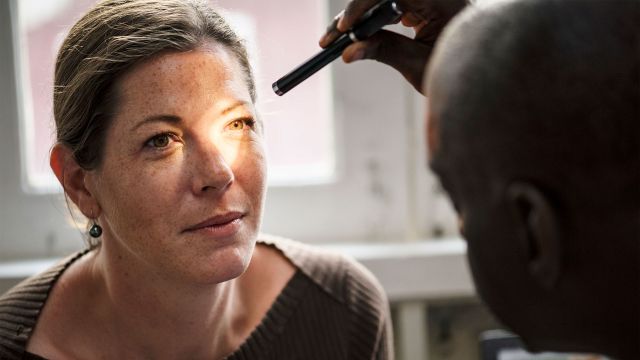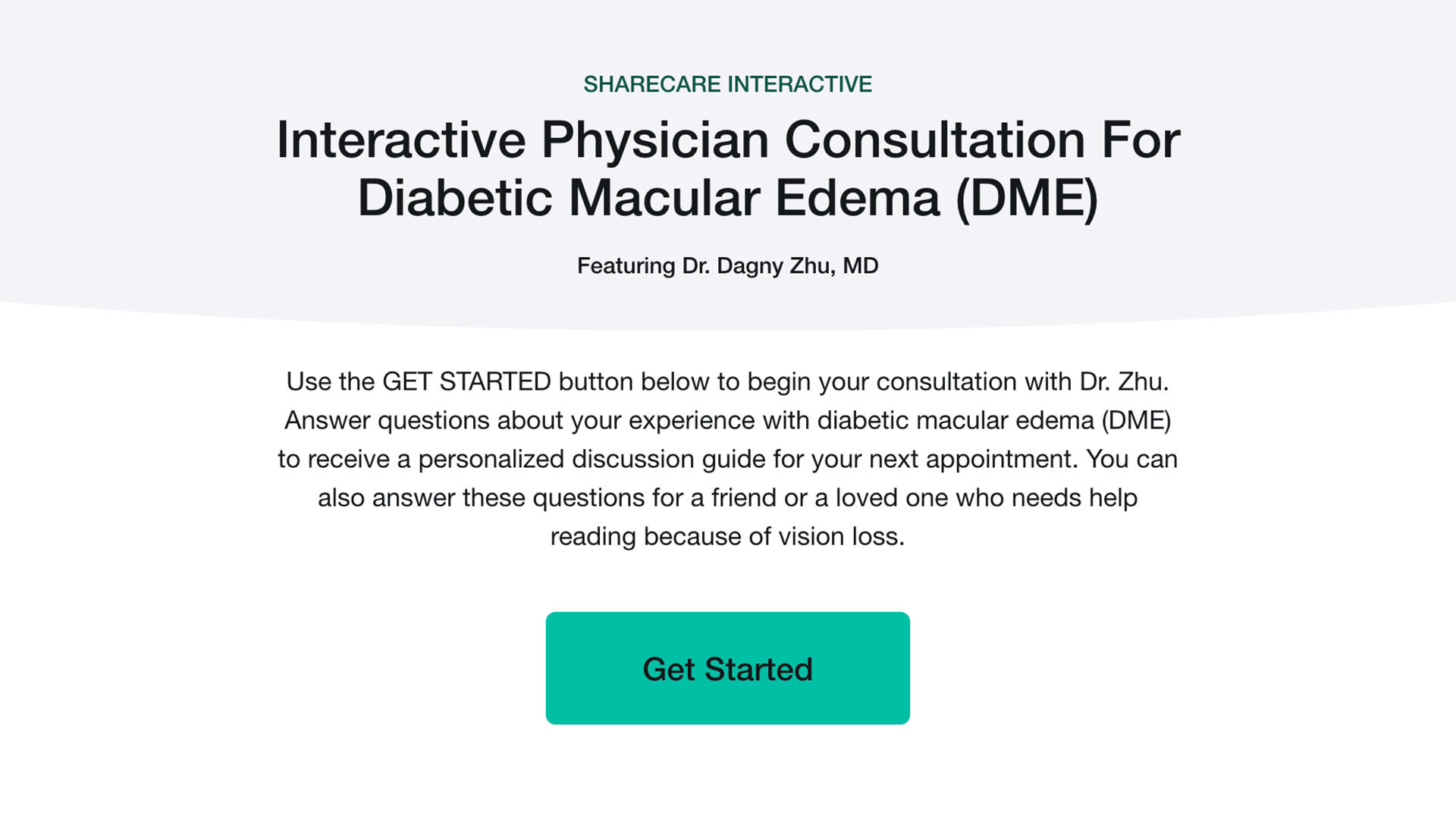Updated on March 22, 2024
You may know that diabetes can cause eye issues, possibly even blindness. When you keep regular checkups with your healthcare provider (HCP) and maintain good blood sugar control, you can keep minor vision problems in the “minor” category. Even some of the more severe issues may be treated if caught early enough.
Understanding diabetic retinopathy
Diabetic retinopathy is the most common cause of vision loss among people with diabetes. The condition involves changes to the tiny blood vessels (known as capillaries) found in the retina. The retina is the light-sensitive tissue that lines the back of the eye. These changes cause the blood vessels to bleed or leak fluid, which can distort vision.
There are two major types of retinopathy you should know about: non-proliferative and the more advanced proliferative kind.
Non-proliferative retinopathy
Non-proliferative is the most common type of retinopathy. With this form of the disease, small areas of balloon-like swelling occur in the retina’s blood vessels. As the condition progresses, blood vessels continue to swell and they may also lose their ability to transport blood.
Retinopathy doesn’t usually cause vision loss at this stage, but the walls of the blood vessels may become damaged. As a result, fluid can leak into the macula, which is the part of the retina that provides sharp vision of objects in front of you. When the macula swells with fluid, vision becomes blurry. (This is known as macular edema.) In severe cases, vision loss may result.
Non-proliferative retinopathy itself does not typically require treatment. But when macular edema develops, it must be treated. Treatment for macular edema can often stop and may even reverse vision loss.
Proliferative retinopathy
Proliferative retinopathy is the more advanced stage of retinopathy. It is far less common than the non-proliferative type. With this form of the disease, the blood vessels are so damaged they close off. In response, new blood vessels start growing in the retina. These new vessels are fragile, so they’re more likely to leak and bleed, blocking vision.
The growth of these new blood vessels may also lead to the development of scar tissue, which can in turn lead to retinal detachment. When this happens, the retina may become distorted or even pulled out of place.
At first, diabetic retinopathy may cause no symptoms or only mild vision problems. But if left untreated, it can cause permanent vision loss and perhaps blindness.
If you have diabetes, there are some important steps you can take to help maintain your vision:
Maintain target blood sugar levels
Chronically high blood sugar levels can lead to blockage of the tiny blood vessels that nourish the retina, cutting off its blood supply. The eye tries to grow new blood vessels, but they don’t develop properly, which can cause fluid to leak into the retina.
People with diabetes who keep their blood sugar levels close to healthy levels are less likely to have retinopathy, according to the American Diabetes Association (ADA). And even if they are diagnosed with the condition, they’re more likely to have a milder form.
Keep blood pressure under control
What’s unhealthy for your heart can also be unhealthy for your eyes if you have diabetes. That’s why the ADA says it’s important to keep blood pressure and cholesterol levels in a healthy range to reduce your risk or to slow the progression of diabetic retinopathy.
If you have diabetes, the ADA and the American Heart Association recommend keeping your blood pressure below 130/80 mm Hg. If you’re not able to do that through lifestyle changes, your HCP will likely prescribe a blood pressure drug such as an angiotensin-converting enzyme (ACE) inhibitor or an angiotensin II receptor blocker (ARB). Both medications are effective treatments for diabetic retinopathy. Your HCP may also prescribe a statin to control your cholesterol.
Have your eyes checked regularly
In the early stages of diabetic retinopathy, there are often no symptoms. As the disease progresses, however, you may see spots in your vision called floaters, your vision may be blurry, or you may have trouble seeing at night. In its most severe stage, retinopathy can cause vision loss.
It’s crucial to have your eyes checked regularly if you have diabetes. If you’re an adult with type 1 diabetes, the ADA recommends seeing an eye care specialist such as an ophthalmologist or an optometrist for a dilated retinal examination within five years of being diagnosed and then every year thereafter.
If you have type 2 diabetes, you should have the exam when you’re diagnosed. Your HCP may advise you to get yearly eye exams thereafter. (If you show no signs of the disease at one or more annual eye exams and you’re reaching your blood sugar targets, your HCP may recommend less frequent exams.)
During a dilated retinal exam, your HCP will put drops in your eyes that temporarily enlarge the pupils (the black centers of your eyes) to allow a thorough look at the inside of your eye.
A note about pregnancy
If you have diabetes and you’re planning to get pregnant or are already pregnant, take note: Pregnancy is associated with a rapid progression of diabetic retinopathy. As a result, the ADA recommends having your eyes examined before pregnancy or in the first trimester (first three months of pregnancy) if you’re already pregnant. You should then be monitored every trimester and for a year after you’ve given birth.
With regular checkups, you can help keep minor eye problems from progressing to major ones. And if you do develop sight-threatening issues, there are treatments for diabetic retinopathy that often work well if you begin them right away. If you have questions about treatment for diabetic retinopathy and whether your insurance covers, speak with your HCP.






